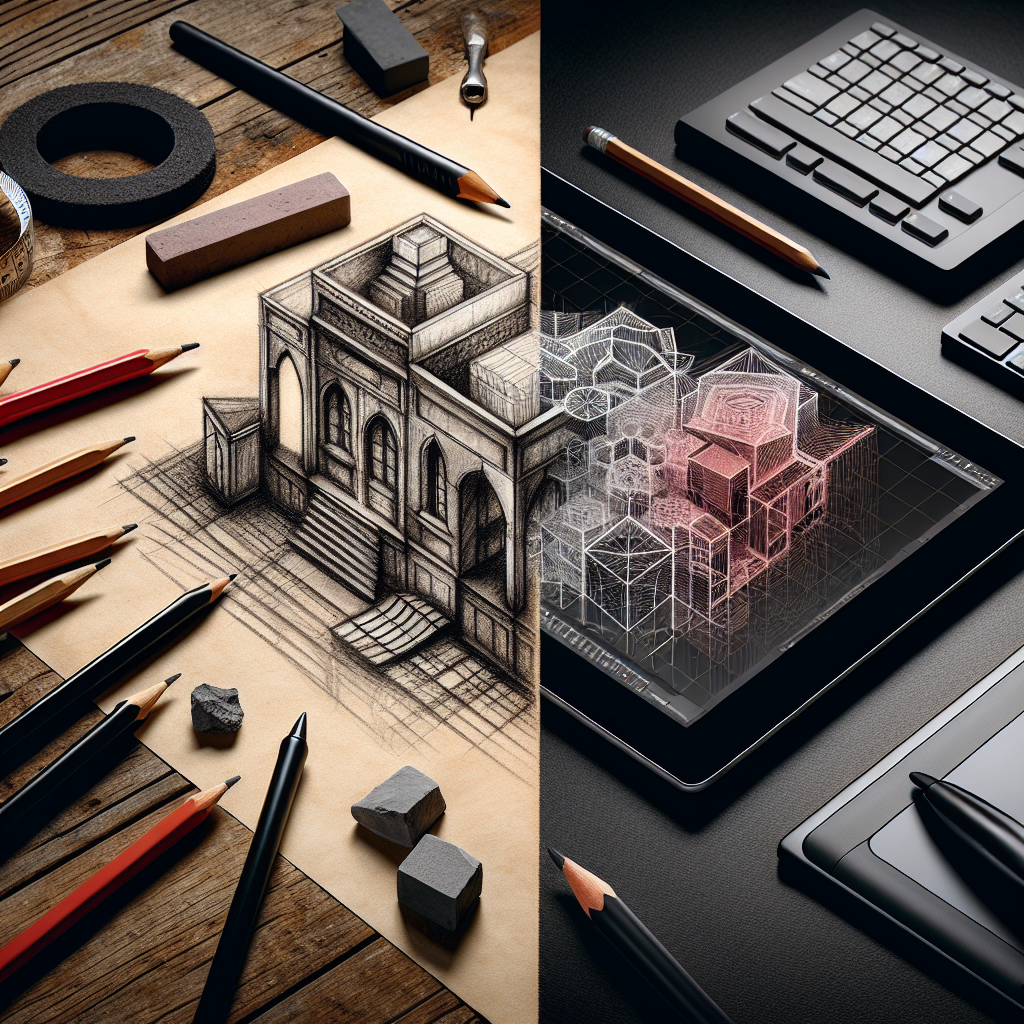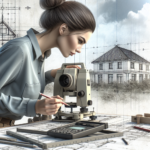From Sketch to Screen: How 3D Rendering is Changing the Creative Process
The world of design and animation has been revolutionized by the introduction of 3D rendering technology. Gone are the days of hand-drawn sketches and physical models – now, artists and creatives can bring their visions to life in stunning detail and realism with the help of 3D rendering software. This technology has fundamentally changed the way that creative professionals work, allowing for a more efficient and dynamic creative process.
One of the major ways that 3D rendering has changed the creative process is by allowing artists to experiment and iterate on their designs more freely. With traditional methods, making changes to a design could be time-consuming and costly. However, with 3D rendering software, artists can quickly make adjustments, view the results in real-time, and easily backtrack if needed. This flexibility allows for more creative exploration and innovation in the design process.
Additionally, 3D rendering has democratized the creative process, making it more accessible to a wider range of individuals. In the past, creating realistic 3D designs required specialized skills and expensive equipment. Now, with the proliferation of easy-to-use 3D rendering software, anyone with a computer can try their hand at designing in 3D. This has opened up new opportunities for aspiring artists and designers and has helped to diversify the creative industry.
Furthermore, 3D rendering has also revolutionized the presentation and visualization of designs. In the past, artists had to rely on 2D sketches and physical models to communicate their ideas to clients and collaborators. Now, with 3D rendering software, artists can create photorealistic images and animations that accurately convey their vision. This allows for better communication and understanding between all parties involved in a project, leading to more successful outcomes.
Another significant advantage of 3D rendering technology is its ability to create realistic simulations of products and environments. This has been especially valuable in industries such as architecture and product design, where clients need to visualize the final product before it is built. By creating accurate 3D models, designers can test different materials, lighting conditions, and layouts, ensuring that the final product meets the client’s expectations.
Moreover, 3D rendering has also been a game-changer in the film and entertainment industry. With the ability to create lifelike creatures, special effects, and immersive environments, filmmakers can bring even the most fantastical visions to life on the big screen. This has opened up endless possibilities for storytelling and has helped to push the boundaries of creativity in the entertainment industry.
In conclusion, 3D rendering technology has fundamentally changed the creative process, allowing for more experimentation, accessibility, and innovation in design. By bridging the gap between sketches and screen, 3D rendering has empowered artists and creatives to bring their visions to life in stunning detail and realism. As this technology continues to advance, we can expect even more exciting developments in the world of design and animation.




